Brunel University students have created five products to help women defend themselves
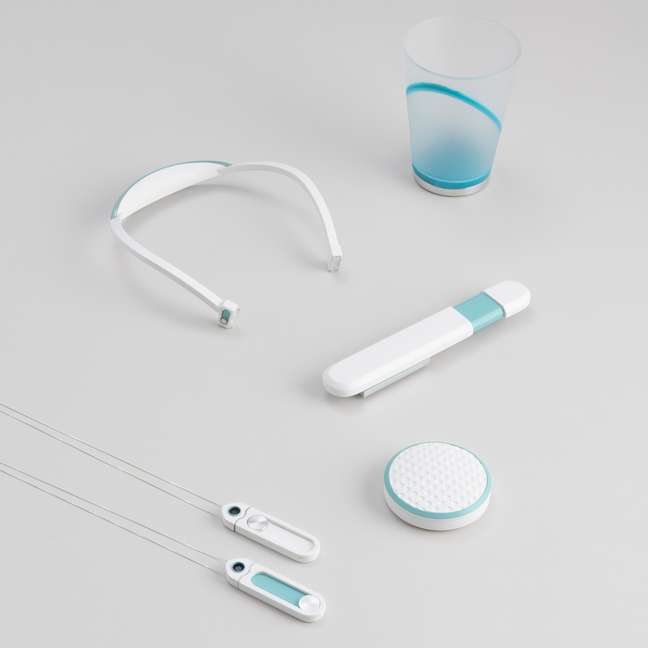
Unfortunately, revelations of anti-harassment accessories are increasingly common, as are reports of women being raped. In this scenario, one way many have found to protect themselves is to have self-defense products with them.
He has become very famous in TikTok videos of women carrying, along with house and car keys, alarms and other tools that can break glass and injure the attacker – the kit is sold on the Internet.
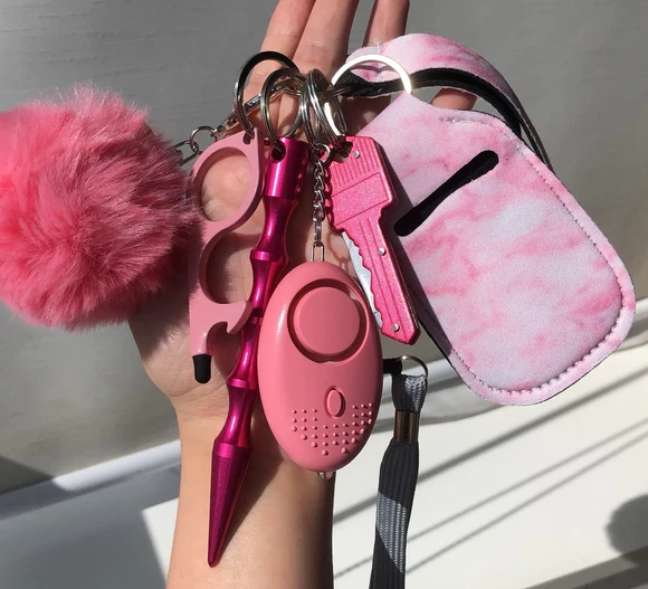
To increase the list of products for women, who face different situations of violence every day, the students of Brunel University created five product concepts to help defend against physical and sexual harassment.
A cup that detects changes in the drink and an accessory that blocks intimate photos, when the woman is wearing a skirt or dress, are some of them. This was the result of a project that encouraged students to imagine devices for American jewelry Tiffany & Co based on emerging technologies, which they believe will be available in the next 10-15 years.
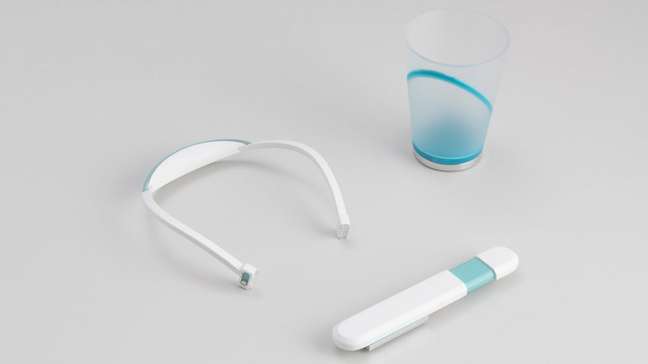
At the New Designers graduate show in London, these concepts were presented in the form of full-scale models designed to suggest how companies can help address growing fears about violence against women in cities.
The project was a direct response to the high-profile murders of Sarah Everard and Sabina Nessa, two British women who were attacked and killed last year on their way home alone at night.
Although unrelated, the cases have generated extensive discussion on women’s safety, along with statistics showing that episodes of alcohol use and domestic abuse are on the rise in the UK.

Globally, one in three women have experienced physical or sexual violence in their lifetime, not to mention the increase in gender-based violence caused by the coronavirus pandemic.
Brunel University students argue that companies like Tiffany & Co should take the lead in creating products to help combat this problem, as they already have the trust of women and claim to promote women’s empowerment.
With this in mind, the ideas created are practical, each built for a different environment – from bar to work – and finished in the signature color of the brand.
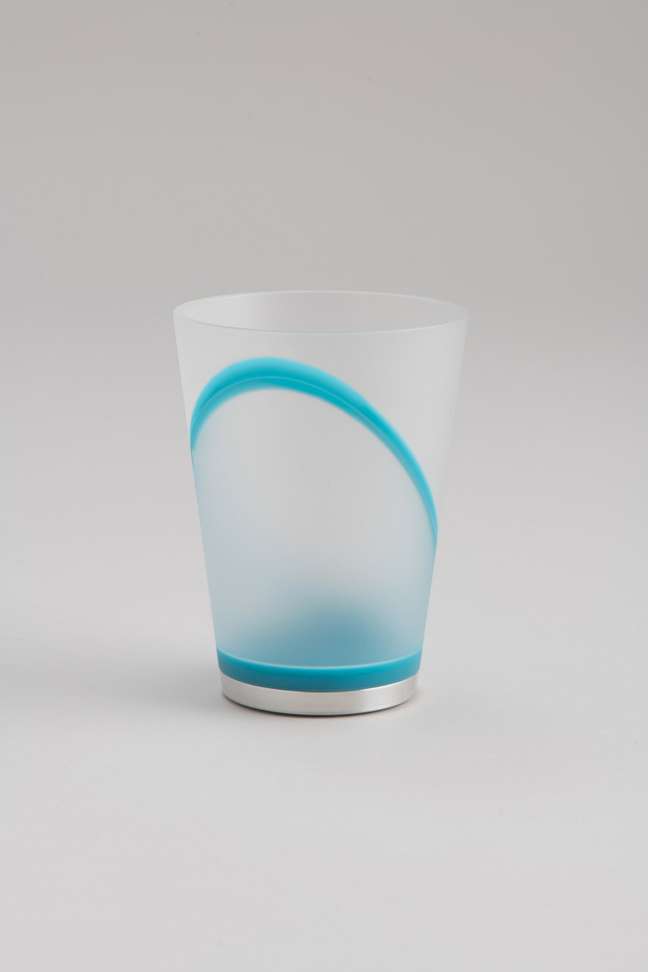
“All technology has scientific evidence to show that it is possible. But some may be easier to implement sooner than others,” explains the student. Chloe McCourt.
To help women feel safer at night, student Henry Copeland has produced a cup with a smart sensor built into its base, which will flash red when it detects that a drink has been spiked with drugs. Then the product can be put in the dishwasher and the heat of the water will reset the sensor so it can be used again.
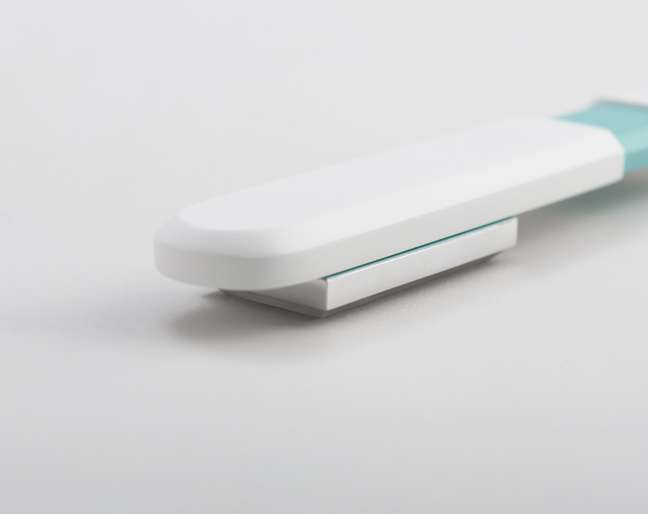
Wysiana Patricia addressed the issue of intimate photos on public transport, which involves snapping someone’s skirt or dress without her consent. In response, she envisioned a pocket-sized decoder that women could attach to the bottom of their bags, which would emit infrared radiation to interrupt any visual recordings made under her.
Similarly, Sophie Lazenby has developed a necklace that women can wear as a non-violent defense mechanism on their way home alone.
Unlike pepper spray, which are considered firearms and therefore illegal, this would make use of LED lights built into the front and back of the device, along with pulse and motion sensors to detect potential threats.

When activated, the LEDs emit bright flashes and strobe lights to distract the attacker through a confusing and sickening effect called flickering vertigo.
“It makes you feel really disoriented just looking at the flickering light. And it gives the woman a chance to run, call for help on the phone or go to the nearest store,” Lazenby said.
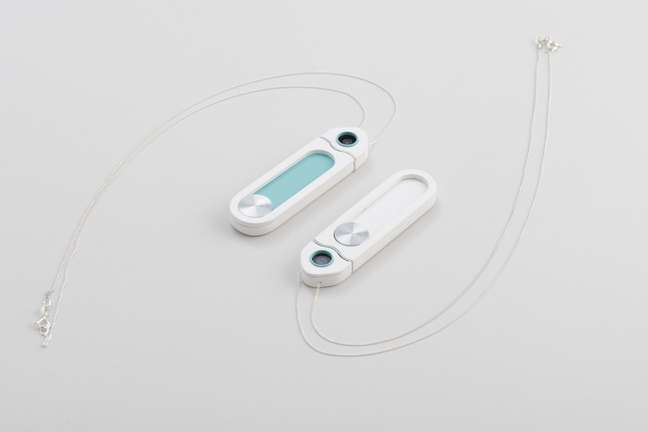
McCourt’s design is another wearable piece of technology in the form of a necklace, which detects when the wearer is being harassed in the workplace and changes color to alert abusers of their behavior.
“If not, the camera records what is happening and then sends the video to HR,” explained the student.

Finally, Binns’ project addresses the traumatic effects of the experience of domestic abuse in the form of a small, compact mirror, which serves as a moving therapeutic tool for victims.
This contains vibrating pads that provide tactile feedback, making use of an experimental type of psychotherapy called EMDR, developed in the 1980s to help patients cope with traumatic experiences.
“When you have a feeling of debilitating anxiety, which can manifest itself at any time, especially with PTSD, you can take 15 minutes, sit on a park bench and hold the haptic in each hand,” he explained.
* Via Dezeen
Source: Terra
Benjamin Smith is a fashion journalist and author at Gossipify, known for his coverage of the latest fashion trends and industry insights. He writes about clothing, shoes, accessories, and runway shows, providing in-depth analysis and unique perspectives. He’s respected for his ability to spot emerging designers and trends, and for providing practical fashion advice to readers.







